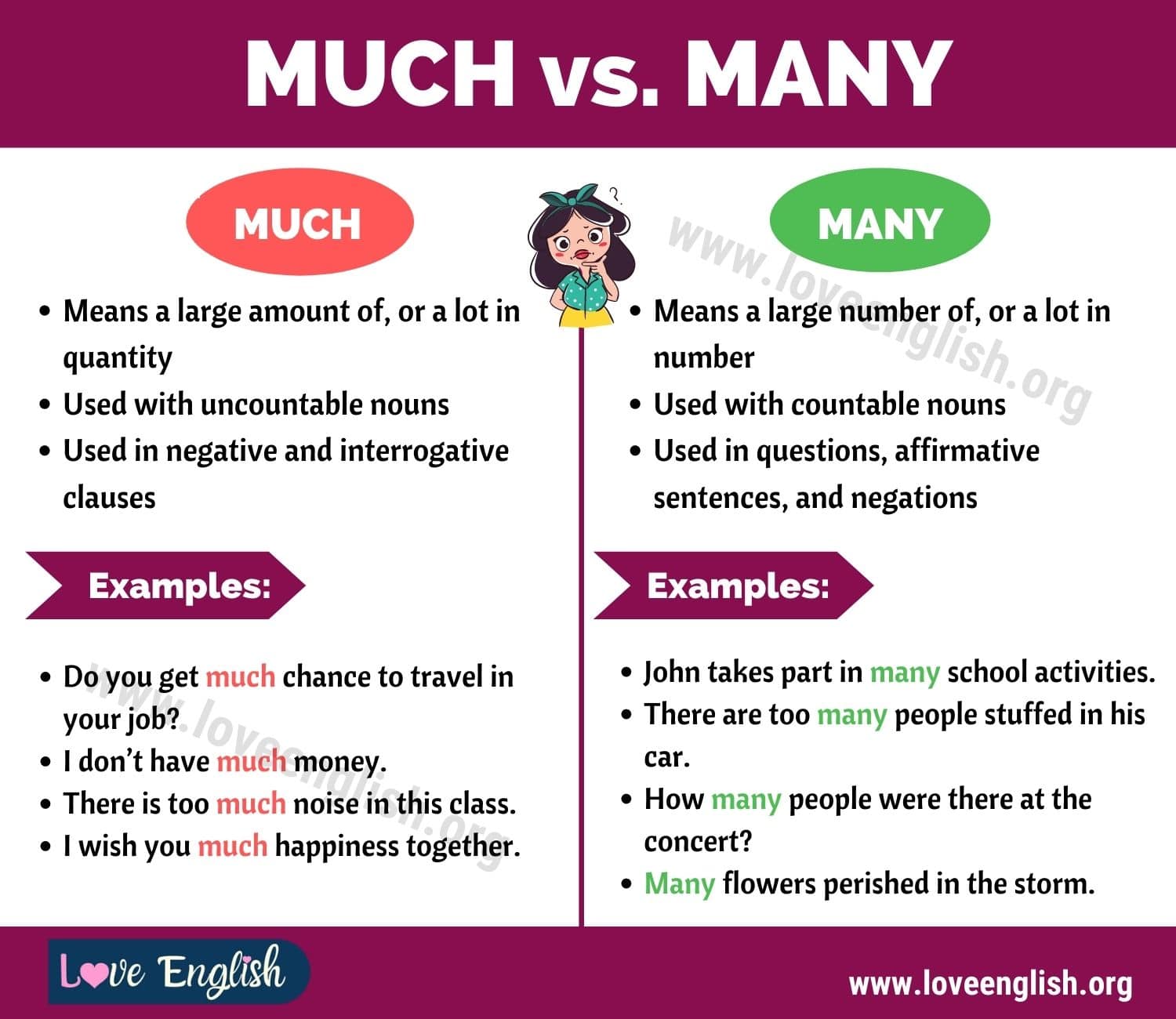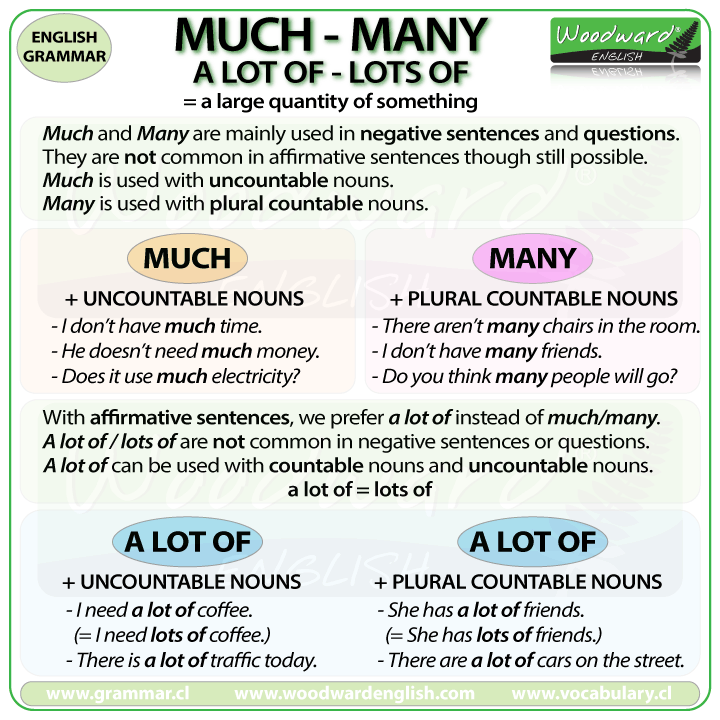Have you ever stopped to think about truly large numbers, the kind that pop up in news stories about national budgets or vast company valuations? It's pretty interesting, isn't it? We hear terms like "million," "billion," and "trillion" thrown around, and while we know they mean a lot, figuring out just how much can feel a bit fuzzy. That's where knowing the exact makeup of these numbers comes in handy. Today, we're going to get right into it and figure out exactly how many zeros trillion has, and why that matters.
When someone says "many," what comes to mind? Well, according to some definitions, "many" is about a large but indefinite number, or perhaps a considerable quantity. A trillion, in a way, is the ultimate "many." It represents such a significant quantity that it's hard for our everyday minds to grasp, and that's precisely why understanding its structure, particularly its zeros, helps us make sense of it. So, you know, it's a very big "many."
Understanding these huge numbers, like a trillion, is more than just a math exercise; it helps us make sense of the world around us. Whether it's the cost of a big project or the sheer volume of data floating around, these numbers are everywhere. So, let's take a closer look at this fascinating number and, you know, really break it down.
Table of Contents
- Understanding Big Numbers: A Quick Look
- How Many Zeros Does a Trillion Have? The Answer!
- Why This Number Matters
- Frequently Asked Questions About Trillions
Understanding Big Numbers: A Quick Look
Before we pinpoint the zeros in a trillion, it's helpful to remember how our number system works. Every time we move a digit to the left, its value gets ten times bigger. This system, based on tens, is why zeros are so important for showing magnitude. It's, like, pretty fundamental to how we count anything big, you know?
For instance, a hundred has two zeros, and a thousand has three. Each zero added pushes the number into a new level of largeness. This structure helps us keep track of really vast quantities, and it's something we use all the time, even if we don't always think about it.
What Exactly Is a Trillion?
A trillion is a number that comes after a billion. In the short scale system, which is what most English-speaking countries use, a trillion is one thousand billions. It’s a very, very large number indeed, so large that it can be hard to wrap your head around it without some context. People often use it to talk about big financial figures or scientific measurements, and it's a rather significant quantity.
To give you a little perspective, think about a single dollar bill. Now imagine having a trillion of those. It’s a mind-boggling amount, isn't it? This number suggests a significant or considerable quantity, very much fitting the idea of "many" as a general term referring to a large number, quantity, or amount. It indicates a plural or multiple existence of something, which a trillion certainly does.
The Pattern of Zeros: From Thousand to Trillion
Let's look at the pattern as numbers grow. This helps us see how the zeros add up. It's a pretty neat way to understand how numbers get bigger, so it's almost like a stepping stone process.
- A thousand (1,000) has 3 zeros.
- A million (1,000,000) has 6 zeros. That's a thousand thousands.
- A billion (1,000,000,000) has 9 zeros. That's a thousand millions.
Do you see the pattern emerging? Each jump to the next major number, like from thousand to million, or million to billion, means adding another group of three zeros. This consistent grouping makes it a bit easier to keep track of these very large numbers, and it's a key part of our decimal system. This consistent adding of three zeros is actually quite clever, you know, for keeping things clear.
How Many Zeros Does a Trillion Have? The Answer!
Given the pattern we just looked at, if a billion has nine zeros, and a trillion is a thousand billions, then we just add another three zeros to the billion. So, that means a trillion has a specific number of zeros, and it's quite a lot.
A trillion (1,000,000,000,000) has **12 zeros**. Yes, that's right, a dozen zeros trailing after the number one. It's a truly massive figure, and seeing it written out like that really puts its scale into perspective, doesn't it? It's a significant quantity, very much a "many" in the biggest sense.
To write it out, you start with a 1, and then you follow it with twelve zeros. It’s often grouped into sets of three with commas to make it easier to read. So, it looks like 1,000,000,000,000. This grouping helps us visually process the number and quickly count the sets of three zeros, which is, you know, pretty helpful.
Visualizing a Trillion
It's hard to truly picture a trillion. For example, if you had a trillion pennies, they would weigh an incredible amount and take up a huge space. They would, you know, literally fill many, many football fields. It's a quantity that goes beyond our daily experience, and that's why breaking it down into its zeros helps us grasp its scale a little better.
Think about time, for instance. A million seconds is about 11 and a half days. A billion seconds is nearly 32 years. And a trillion seconds? That's over 31,700 years! That really puts the sheer magnitude of this number into perspective, doesn't it? It shows just how vast a "many" a trillion truly represents, in some respects.
Trillion in Real-World Scenarios
You often hear the word "trillion" when people talk about really big economic figures. National debts, for example, are often measured in trillions of dollars. The value of large corporations can sometimes reach into the trillions, too. These are figures that affect many people and represent huge amounts of resources, so it's quite important to understand their scale.
Another place you might encounter trillions is in science, especially when discussing things like the number of stars in a galaxy, or the number of cells in a human body, or perhaps even the size of data sets in computing. These are all examples where "many" truly means a very, very large number, and a trillion helps us put a name to that vastness. It's, like, a fundamental unit for discussing huge scales, you know?
Why This Number Matters
Knowing how many zeros a trillion has is more than just a piece of trivia. It helps us understand the scale of information we encounter every day. When you read about government spending or the market value of a tech company, having a clear picture of what a trillion means helps you grasp the real impact of those numbers. It gives you a sense of the "many" involved, so it's, like, really quite useful.
This clarity helps us make better sense of complex financial news or scientific discoveries. It allows us to compare different large figures more accurately and understand their relative sizes. This simple piece of knowledge, actually, gives us a better grip on the world's truly big quantities. You can learn more about numbers and their meanings on our site, and for related topics, feel free to visit our dedicated page on large quantities.
Frequently Asked Questions About Trillions
Q1: What comes after a trillion?
A: After a trillion, the next major number in the short scale system is a quadrillion. A quadrillion has 15 zeros, which is, you know, three more zeros than a trillion. It's another step up in the ladder of really big numbers, continuing the pattern of adding three zeros for each new named magnitude.
Q2: Is a trillion the same everywhere in the world?
A: Not always, interestingly enough! While most English-speaking countries use the "short scale" where a trillion is a million million (1 with 12 zeros), some other countries, particularly in Europe, use the "long scale." In the long scale, a trillion means a million million million, which is a 1 followed by 18 zeros. So, it's, like, a very different number depending on where you are. It's good to be aware of this difference when looking at international figures, actually.
Q3: How can I remember the number of zeros in a trillion?
A: A simple way to remember is to think in groups of three zeros. A thousand has 3, a million has 6, a billion has 9, and a trillion has 12. So, it's basically like counting by threes for each major number. This pattern makes it pretty easy to recall, and it’s a handy trick for keeping these large figures straight in your head, you know? It's a fairly consistent pattern.



Detail Author:
- Name : Lucile Parker
- Username : kub.isaac
- Email : francesca13@kuhn.com
- Birthdate : 1986-05-30
- Address : 2471 Boyle Falls Desireechester, HI 69458
- Phone : 314-809-8610
- Company : Powlowski, Prosacco and Borer
- Job : Recruiter
- Bio : Mollitia ut tenetur dolore quia fugiat suscipit neque. Velit non quia doloribus. Dignissimos qui perspiciatis non error similique ipsum ipsam. Eveniet ut vel tempora excepturi rem at quisquam.
Socials
facebook:
- url : https://facebook.com/bschroeder
- username : bschroeder
- bio : Mollitia quam nulla ut sequi et hic perferendis.
- followers : 4212
- following : 1679
instagram:
- url : https://instagram.com/schroederb
- username : schroederb
- bio : Minus ipsam molestias quis iusto explicabo. Dicta labore ab aut.
- followers : 3549
- following : 442
twitter:
- url : https://twitter.com/britney_schroeder
- username : britney_schroeder
- bio : Perferendis impedit officia est dolorum dolor ut porro. Quae vel fugit accusamus. Impedit officiis nesciunt sint sed dolores.
- followers : 6656
- following : 1457
linkedin:
- url : https://linkedin.com/in/britney_id
- username : britney_id
- bio : Harum ex modi vel omnis eligendi in consequatur.
- followers : 3327
- following : 1862
tiktok:
- url : https://tiktok.com/@schroederb
- username : schroederb
- bio : Expedita quibusdam ut praesentium corporis.
- followers : 6313
- following : 866



























